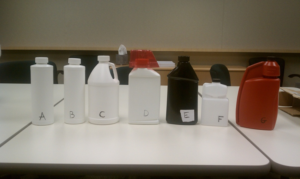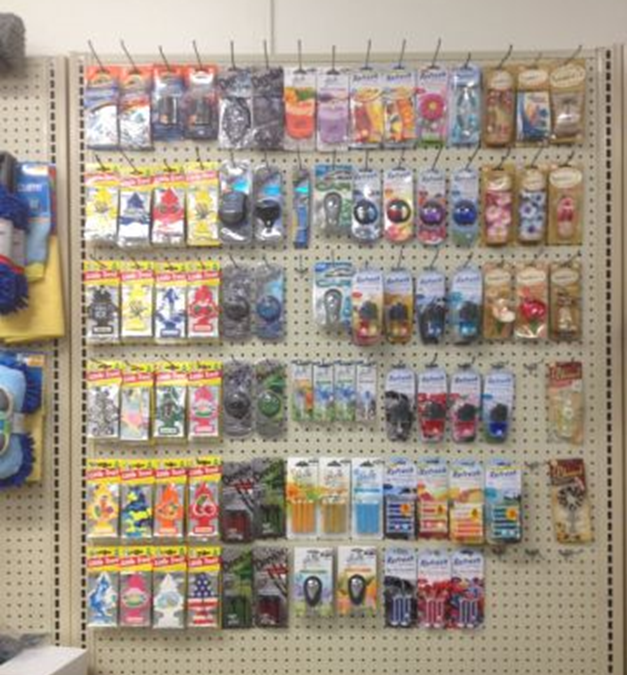By Don Phipps, CEO and Founder, Applied Marketing Research
Focus groups provide an excellent method for evaluating products, packaging, content, and websites. For instance, I’ve used focus groups to evaluate riding lawn mower tractors, automobile air fresheners, environmentally-friendly cleaners, large screen TVs, new technologies, automobiles, lithium battery powered push mowers and landscaping tools, and products used to facilitate the construction of residences and commercial properties. In addition, I’ve done focus groups where the focus has been on interactive computer training, video web content, or information presented at websites.
Often these focus groups were teamed with another objective – for example, to contrast older vs. younger demographics, gender differences, business owners vs. household consumers, distributors vs. dealers, consumers in colder climates vs. those in warmer climates, intenders vs. recent purchasers, or heavy users vs. light users. The key is understanding what the objective of the research is and then designing the focus group to achieve the objectives.
Consider a few of the following rules I follow in designing product evaluations with in-person focus group projects:
1) Require Participants To Demonstrate Their Interest In The Product Category.
In some of the focus groups I completed early in my career, I noticed participants would occasionally show up who were not qualified properly. Either they misrepresented themselves to the recruiter or they were inadvertently admitted. I now try to require proof that the participant has engaged in consuming the product. So, if the product is small enough (can be brought in a bag), I ask them to bring in the product they regularly use. If not, a product registration can serve as evidence of purchase.
This serves two purposes. It “sets the table” for the on-going discussion as I begin the discussion with asking why they purchased the product they brought to the focus group. It also provides proof that they have been a consumer of the product category.
2) Have a Store Shelf Simulation If Possible
The store shelf exercise is important. The shelf should consist of many of the products available to consumers in a typical retail or web-based store. Participants should be given a few minutes to go up to the shelf and pick out product that meets their needs. After the exercise is completed, ask participants to defend their choice.
I tend to do the store shelf simulation without prices as I want the participant to purchase based on the product features without concern to price. This allows a better understanding of what features are of importance to the consumer. It also tests brand loyalty as some of the products will be brands the participant is familiar with and has purchased previously. What is of course interesting is when participants change from a product they typically use to a new product in the simulation, even though their current product is displayed on the shelf.

Store Shelf Simulation Example
3) In Doing a Store Shelf Simulation, Ask Participants To Tell You What They Think The Price Is of The Product They’ve Chosen
After everyone has made their choice, go around the table and ask participants to tell you what they think the price of the product is. Once everyone is committed, you can reveal the real price and ask them if they knew the price would they have made the choice they did. Often this leads to some interesting back and forth about the product features relative to the price.
4) If No Store Shelf Simulation Is Possible, Arrange for a Display of Your Client’s Product Relative To Other Products
This can be done by simply arranging products on a side table, on the focus group table itself, or in an area near the focus group table. It’s important for every participant to have a chance to look and consider the products in context. Questions can then be asked about first impressions, likes and dislikes, and what might be done to overcome any initial objections to the product.

Unbranded Product Variations
5) Mask or Disguise the Brand If The Category Has A Dominant Brand. Conversely, If Your Client Is the Dominant Brand, Camouflage Competitor Products as Though They Were Part Of Your Client’s Product Line
Ideally, in the initial product review, you want to have participants judge product based on the features and not on brand or price, as brand and price can be distorting variables when it comes to evaluating features. However, for some products, exposing brand during the product evaluation phase is perfectly fine. This is usually the case when no single brand dominates the market space, or the purchase decision is one of low intensity. However, when a brand might influence consumer feedback to an unreasonable degree, it’s important to wait until completing the evaluation before exposing brand. One thing I like to do is get a preference vote before I expose brand and after I expose brand. One can tell by doing this the degree to which consumers are loyal to a brand or believe that a brand has an unassailable position in the market. It also offers the client a chance to see the mission ahead regarding the need to boost brand awareness and trial.
In the package evaluation below, brand (and labeling) was removed to keep the discussion focused on packaging and not on other extraneous considerations
.
Unbranded and Unlabeled Packaging Configurations
Sometimes masking can be employed to remove branding as a consideration even though the product is not manufactured by the brand. In the case below, a competitor riding lawn mower was disguised as a the dominant brand to purposely camouflage the product under evaluation during a series of focus groups.

Camouflaged Product
In summary, in-person focus groups continue to have relevance even in today’s web-based shopping environment. This is especially true for feedback on tangible products. They remain a key tool for marketers wishing to evaluate why products succeed or fail, how consumers perceive products (before and after rollout), and what improvements can be made to a product. If one wants more confidence in findings, simply do more focus groups or follow-up focus groups with survey research (for example, a choice-based conjoint) to confirm focus groups findings. I find that if the focus group is structured properly, quantitative findings often mirror the focus group findings.
Good product evaluations to you!

